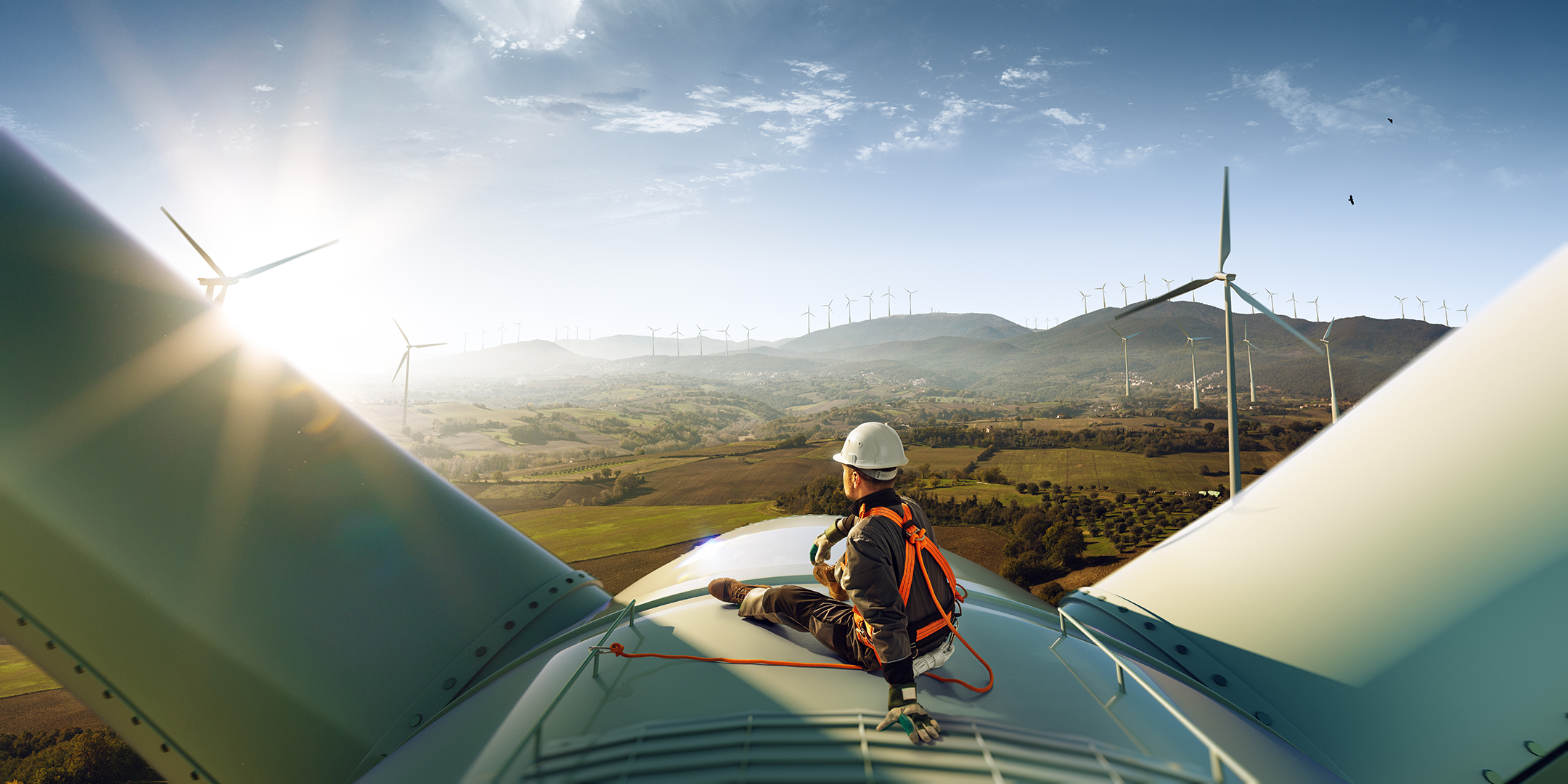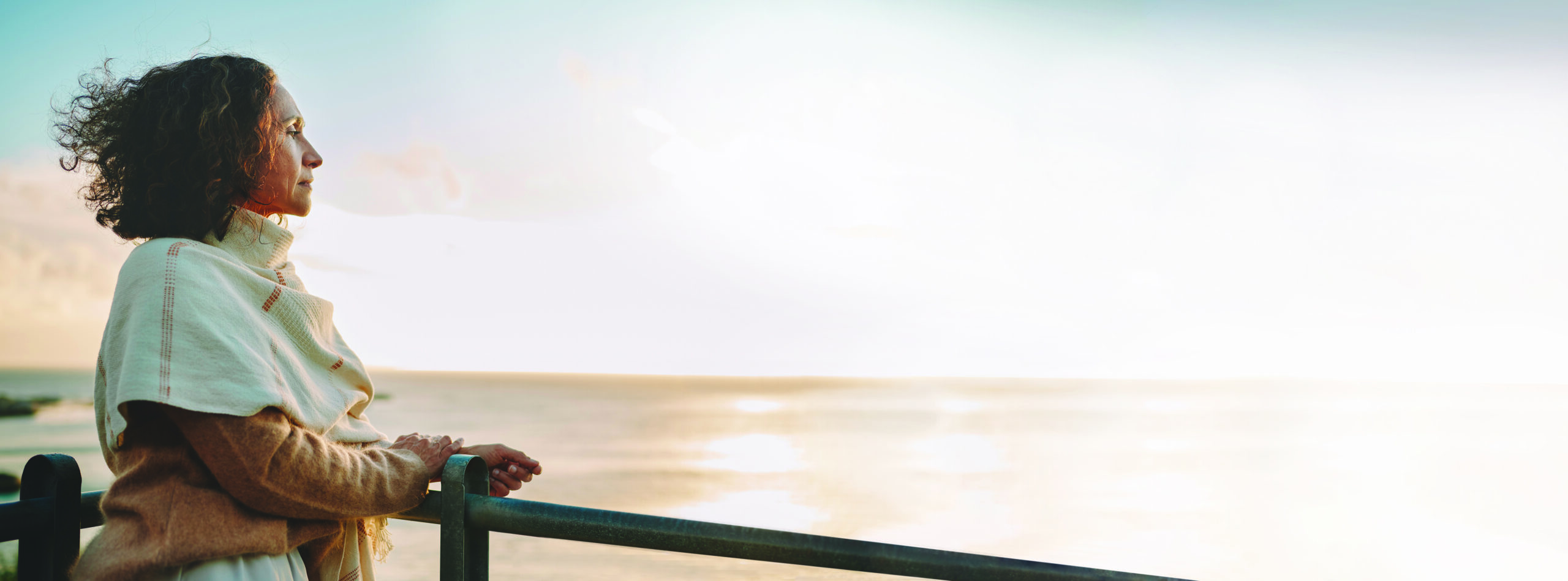By Brandy Abalos
A lternative energy sources like wind power can greatly benefit society; however, there are many risks that wind farms bring to a community. While no industry is perfect, wind farms present many concerns that are often not recognized by those who promote what they feel is a better alternative to fossil fuels. Here are some of the biggest risks of the wind energy industry:
Workplace Safety Hazards at Wind Farms
According to the American Wind Energy Association, more than 120,000 people work in the wind industry. Those workers are constantly at risk of severe injuries and even death on wind farms. Some of the most common safety hazards include:
- Falls from lifts and cranes
- Electrocution
- Low oxygen environments in confined spaces
- Hazardous gases and toxic vapors
Wind technicians must be sure to wear personal protection equipment (PPE), take care of hazardous equipment, climb wind turbines safely, conduct risk management and monitor weather constantly.
Dangers to Wildlife and Their Habitats
While wind energy reduces carbon emissions and its potentially negative effects on climate change, it does pose dangers to the environment. Specifically, birds and bats have been impacted by many aspects of wind farms.
Wind farms take over large swaths of land, which must be cleared to accommodate the large turbines. This has resulted in significant habitat loss and fragmentation for birds and other wildlife.
Additionally, wind farms result in direct mortality when birds and bats collide with the turbines. Wind turbines are typically white, which can blend in with the sky and surrounding environment. Birds and bats often cannot see the rotating blades and become injured or die when they collide with them.
Health Risks to Nearby Residents
The blades or wind turbines appear to be moving slowly; however, they can approach 200 miles per hour. This results in the generation of sub-sonic noise, which has been blamed for a condition called “wind turbine syndrome.”
Wind turbine syndrome can lead to actual health problems like headaches and dizziness. Other maladies that have been associated with this condition include sleeplessness and depression. Watching the rotation of wind turbine blades may
even cause vertigo and seizures.
Offshore Wind Farms Can Pose Threats to Ocean Life
Many wind farms are located in the flat plains of the Western United States; however, offshore wind farms are trending because they pose fewer risks to humans. These offshore wind farms do have a negative impact on the ocean environment.
Although studies are still being conducted, many scientists and environmentalists believe wind turbines disrupt wildlife and migratory patterns. They also create noise levels that would impact marine life. Additionally, the installation and maintenance of offshore wind turbines can result in pollution from boat traffic and the release of seabed contaminates.
Political & Regulatory Disputes
One of the biggest risks in the growing wind energy industry is a lack of oversight and political disputes. There is little scientific research behind many of the assertions being made by proponents and opponents of wind farms. This has resulted in questionable regulations and a lack of understanding of long-term impacts.
Wind farms are often unpopular among local residents, as they can negatively impact property values and tourism prospects. For this reason, many politicians are hesitant to support the growth of wind energy. Those who do promote it often base their reasoning on assumptions and theories. This had led to heated political battles and confusing regulations from government agencies.
Research Is Necessary to Support Safe Wind Farms
On the surface, wind energy sounds like the perfect replacement for toxic fossil fuels. However, upon closer inspection, it is obvious that there are serious risks involved in the industry. Government agencies, politicians and citizens should promote more scientific research to improve the wind industry in an attempt to solve many of the problems that exist.








Leave A Comment